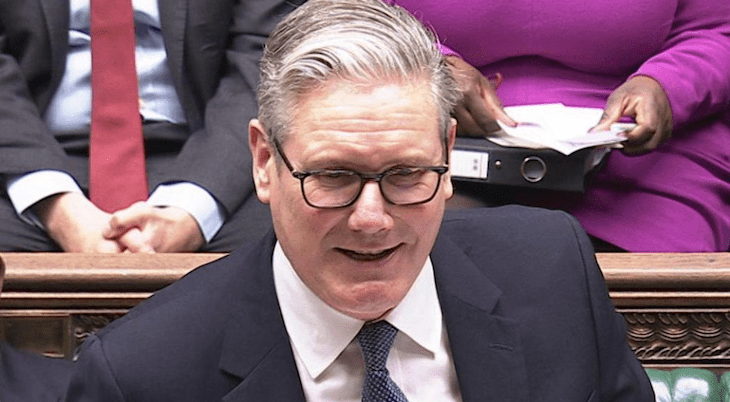Today’s long-awaited publication of the final report of the Grenfell Tower inquiry provides a forensic account of the ‘root causes’ of the tragedy that led to the loss of 72 lives. More than seven years since those awful early morning hours of 14 June 2017, Sir Martin Moore Bick’s 1,694 page report represents another traumatic reference point for the victims and their relatives. First and foremost, it is important to recognise their continued suffering and to extend heartfelt sympathy to all those impacted by the tragedy.
Six weeks after the fire, I assisted the choreographer Arlene Phillips in arranging the Gala for Grenfell at the Adelphi Theatre in the West End. In preparation for that event, we visited the ravaged tower and its surrounding environs. It was heartbreaking to see the posters of the missing (especially the children) all around the area. One of the six police officers that accompanied us advised me not to mention to anyone we met that I worked in the construction industry. It was a salutary warning never to be forgotten and a portend of the myriad criticisms of the construction sector that today’s report reveals.
Today’s report makes it clear that these reforms are nowhere near enough
Back then, no one would have accepted that it could take more than seven years for the inquiry to publish its final report (the report of phase 1, being a record of what happened on the night of the fire itself, was published on 30 October 2019 and comprised 856 pages in four volumes). But then no one could have foreseen either the pandemic (which halted and delayed evidence sessions) or that the evidence presented to the inquiry would come from hundreds of witnesses and involve hundreds of thousands of documents.
The seven-year hitch in the final report’s publication means that it will also take much longer than was ever anticipated for the police to conclude their own enquiries: the Metropolitan police has already indicated that these are likely to run until the end of 2025. There will never be closure for the bereaved relatives and survivors until they see justice being delivered.
Writing in the Guardian at the weekend, Robert Booth speculated that the final report will not include a ‘Poirot moment when a single guilty party is exposed’. It’s an assertion that is both accurate and ironic since there is one famous Poirot story in which every suspect is guilty and – in many respects – that is the awful narrative for this disaster. No group is immune from criticism (government, the regulatory regime, all parts of the industry, the tenant management organisation, the fire and rescue services and many more). As Sir Martin tells us across seven volumes of his report, the deaths of 72 people were caused by a catalogue of decisions and errors (some incompetent, some deceitful, some illegal) that amounted to systemic and organisational failure on an epic scale.
The report makes clear that across the construction industry – from product manufacturers to installers – businesses have exploited a failed and dysfunctional regulatory system in the interests of cutting costs and increasing profits. The report describes ‘an unacceptably casual approach’ to contractual arrangements and avoiding responsibility through a never-ending exercise in passing the parcel of blame.
For my part, I think complacency was (and to some extent, still is) a major culprit across construction. Having worked in the industry for nearly 45 years, I don’t remember before June 2017 ever meaningfully debating the safety of the homes our industry designed, built and managed. It was taken for granted that the building regulations and the building control process worked, that construction products were tested appropriately and that our designers and installers were fully competent for the job.
Much has been done over the past seven years to improve building safety. The Construction Leadership Council pre-empted today’s publication of the inquiry report with its own report, Creating safe buildings: Delivering safety, competence and quality, published just last week. This outlines the work that has been done to improve leadership and culture and make design, construction, products and the management of buildings in occupation safer. An auditable building safety scheme for companies (‘Building A Safer Future’) is up and running and a new organisation (the Building Safety Alliance) has been created to improve competences and standards for building safety managers. A framework for all competences across the industry has been developed in association with the British standards institution. The building control profession has been completely reformed. And, most importantly, the recommendations of Dame Judith Hackitt’s report Building A Safer Future have been implemented, including that two new regulators – the Building Safety Regulator and the Office for Product Safety and Standards – are now in operation.
But today’s report makes it clear that these reforms are nowhere near enough. Much more needs to be done both in terms of regulating the construction sector and the fire safety professions, and completely overhauling the poor behavioural culture that underpins the report’s criticism of the industry. Change is taking too long, and, in the construction industry, it seems to be a case of the best getting better. It is imperative that building safety becomes the absolute priority for everyone involved in building, maintaining and managing homes. If we learn anything from Sir Martin’s ferocious criticisms it must be that nothing must be allowed to get in the way of the assurance that buildings are safe.







Comments